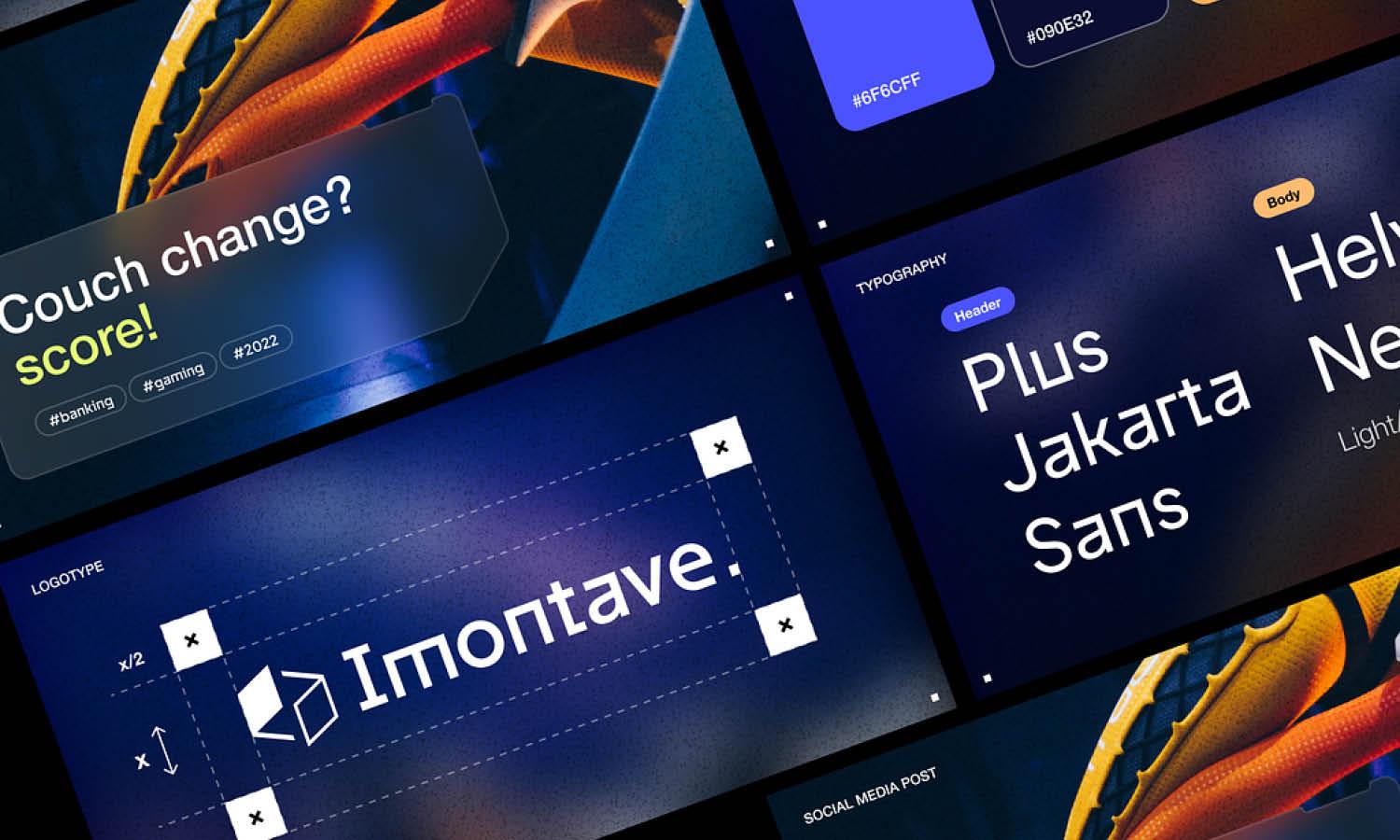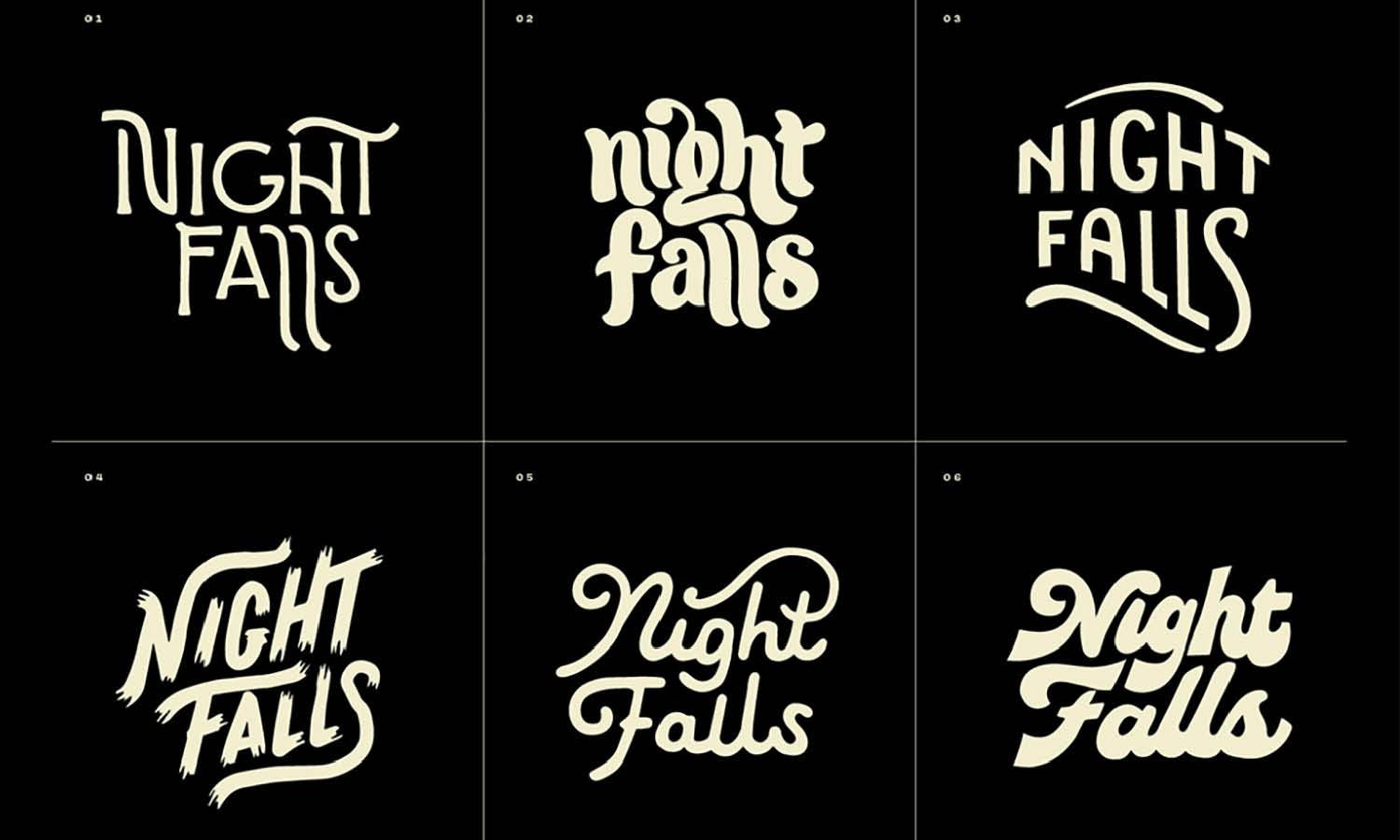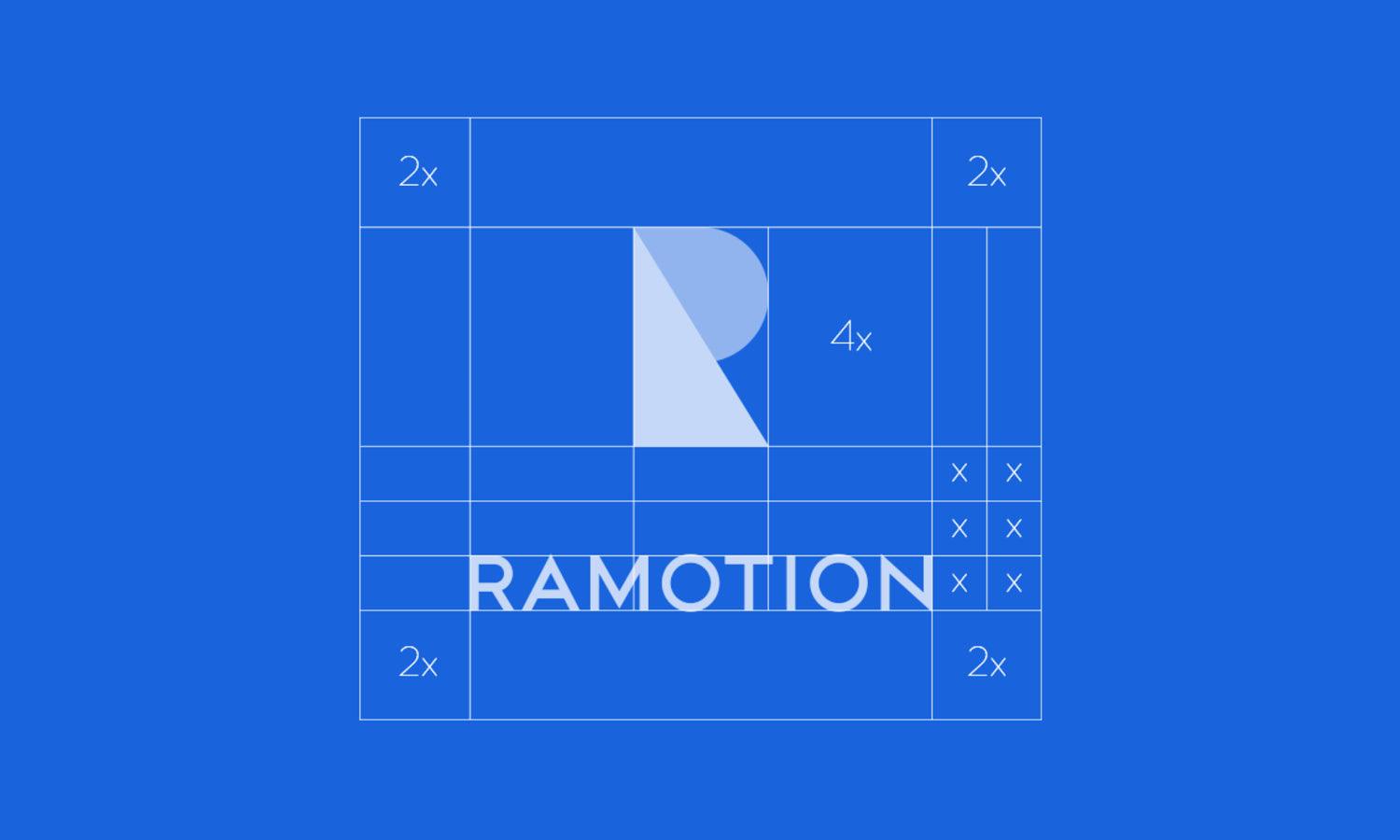How To Brainstorm A Good Logo Design Concept

Brainstorming a good logo design concept is an essential step in the creative process that transforms a simple idea into a powerful brand identity. Whether you are a seasoned designer or just starting out, the ability to effectively brainstorm can significantly influence the success of your final design. This process not only fosters creativity but also ensures that the logo truly represents the core values and message of the brand. By engaging in comprehensive research, exploring diverse ideas, and synthesizing complex information, designers can craft logos that are not only visually appealing but also meaningful and enduring.
The goal is to create a symbol that captures the essence of the brand in a simple yet profound way, making it instantly recognizable to the audience. In this article, we will delve into various strategies and tips to enhance your brainstorming sessions, ensuring your logo design concepts are both innovative and aligned with the client's expectations. Join us as we explore the art and science behind effective logo design brainstorming.
Understand the Brand
To effectively brainstorm a logo design concept, the first critical step is to deeply understand the brand. This involves more than just knowing the business’s products or services; it's about grasping the brand's core values, mission, and vision. A thorough understanding sets the stage for a logo that genuinely reflects the brand’s identity. Start by interviewing stakeholders to gather insights into what the brand stands for and its goals. Ask about the brand’s history, its market position, and its future aspirations. Understand the target audience: who they are, their preferences, and behaviors, as these elements are pivotal in shaping a logo that resonates with them.
Additionally, consider the emotional impact the brand aims to have—should the logo inspire trust, evoke warmth, or appear cutting-edge? Each of these considerations will guide the creative process, ensuring the logo not only attracts the target demographic but also fosters a lasting connection with them. By fully embracing the essence of the brand, designers can move forward with creating a logo that not only stands out visually but also encapsulates the brand's ethos in every curve and color.
Research the Industry
Researching the industry is a foundational step in brainstorming a logo design concept. This stage involves analyzing trends, understanding the competitive landscape, and identifying what visually communicates in your client’s market. Start by gathering data on industry standards, common practices, and the aesthetic preferences that prevail among competitors. This research will help identify both opportunities to innovate and essential elements to include, ensuring the logo feels relevant yet distinct. Look for patterns in color usage, typography, and graphic styles within the industry.
What symbols are overused, and where is there room for originality? Understanding these elements can help avoid clichés and position the brand uniquely in a crowded marketplace. Also, consider the future direction of the industry—anticipating changes can make the logo more adaptable and forward-thinking. Use tools like design blogs, industry reports, and competitor analysis to get a comprehensive view. By thoroughly understanding the industry, designers can create a logo that not only stands out but also strategically aligns with industry standards and expectations, ensuring it holds appeal for both the client and their audience.
Check Out Competitors
An integral part of brainstorming a logo design concept is examining what your competitors are doing. This step not only provides insights into what is expected within the industry but also highlights opportunities for differentiation. Begin by compiling a list of major competitors and analyzing their logo designs. Note the colors, shapes, and typography they use. What common themes or symbols emerge? Understanding these elements can reveal much about the industry's visual norms and standards. Look for both strengths and weaknesses in these logos. Which designs are most effective and why? This analysis helps in identifying design elements that are well-received by the target audience, as well as those that are overused or ineffective.
Assessing competitors' logos also involves understanding the brand messages they convey. Does a logo suggest reliability, innovation, or perhaps approachability? Aligning this insight with your brand’s desired message can guide the creative direction of your logo. Aim to craft a design that stands out in the marketplace by offering something visually unique and strategically sound. This competitive analysis not only sparks ideas but also positions the logo to compete more effectively by appealing directly to consumers’ needs and preferences.

Mind Mapping
Mind mapping is a dynamic tool in the logo design brainstorming process, enabling designers to visually organize thoughts and ideas related to the brand. Start with a central concept—typically the brand name or the primary service it offers—and branch out into associated ideas, words, and themes. This method helps in uncovering relationships between seemingly unrelated concepts, fostering creative combinations that might not arise through traditional brainstorming. Use different colors and symbols to categorize and prioritize ideas, making the mind map easy to navigate and interpret. Include elements that relate to the brand’s core values, target audience, and unique selling propositions.
As the branches expand, look for patterns or clusters that suggest a particular style, imagery, or emotion. This visual and non-linear way of thinking encourages a free flow of ideas, reducing the constraints that linear processes often impose. Mind maps can be revisited and expanded, making them a living document that evolves with the project. By the end of the mind mapping session, designers should have a clearer understanding of potential logo elements that resonate deeply with the brand's identity, which can be refined into compelling design concepts.
Seek Multiple Perspectives
When brainstorming a logo design concept, it's invaluable to seek multiple perspectives to enrich the creative process. Gathering insights from different stakeholders—such as marketing teams, company leadership, and potential customers—can provide a more rounded view of what the logo needs to accomplish. Each group may offer unique insights related to their experiences and expectations of the brand. Engaging with a diverse audience helps to surface different emotional responses and associations that might not be evident to the design team alone. Moreover, including feedback from various perspectives early in the design process can help avoid potential pitfalls and strengthen the logo’s appeal across a broader audience.
Facilitate sessions where stakeholders can express their thoughts and react to preliminary ideas. Use these discussions to understand what values and messages are most important to communicate through the logo. This collaborative approach not only ensures that the logo resonates with a wider audience but also builds consensus around the design, making the final approval process smoother. By synthesizing these diverse inputs, designers can create a more impactful and universally accepted logo that truly represents the brand.
Use Mood Boards
Mood boards are a vital tool in the logo design brainstorming process, helping to visualize the look and feel of the brand through a collage of images, color palettes, textures, and typography. Creating a mood board involves curating elements that capture the essence of the brand’s identity and the emotional impact it seeks to convey. Start by selecting visuals that align with the brand’s values and target market preferences. This might include photographs, illustrations, and samples of advertising from similar brands. Adding color swatches that reflect potential color schemes can help envision how colors interact and affect brand perception. Textures and materials that could be associated with the brand add depth and context to the mood board.
Typography samples should also be included to explore how different fonts influence the mood and readability of the brand name. The process of building a mood board not only inspires creativity but also serves as a tangible reference that ensures consistency as the logo design evolves. It allows designers and stakeholders to see a cohesive representation of the brand’s visual strategy before any final decisions are made, facilitating a clearer and more effective design direction.
Think Symbolically
Thinking symbolically is a powerful approach in the logo design brainstorming process. A well-chosen symbol can encapsulate the essence of a brand in a simple yet profound way, communicating much more than just the business itself. When brainstorming symbols, consider the deeper meanings and associations that could be linked to the brand. For instance, a tree might represent growth, stability, or nature, which could be fitting for companies in environmental or educational sectors. Explore historical, cultural, or metaphorical symbols that resonate with the brand’s values and aspirations. It’s important to also consider the universal and cultural interpretations of these symbols to avoid unintended meanings that could alienate parts of the audience.
Engage in creative sessions where you sketch out how different symbols could be abstracted or combined to create a unique logo. These symbols should be distinct, memorable, and scalable, ensuring they are effective at any size and across various media. By integrating symbolism into the logo design, the brand gains a visual shorthand that communicates its story and values at a glance, making the logo not just a brand identifier but also a strategic communication tool.

Play with Typography
Typography is an essential element in logo design, offering vast potential to express a brand's personality and values. When brainstorming logo concepts, don't overlook the power of type to make a strong impression. Begin by considering the nature of the brand and the message it wishes to convey. For example, a modern, clean font can suggest innovation and efficiency, perfect for tech companies, while a hand-drawn type might evoke a personal, artisanal feel, suitable for boutique businesses. Experiment with different font families—serif, sans-serif, script, and display—to see which best captures the brand’s essence. Adjusting weight, spacing, and case can drastically change the impact of the words.
Also, consider custom lettering to create something truly unique that cannot be replicated easily. This can include altering the shape of letters to incorporate symbolic elements or to create hidden meanings. For instance, the negative space in a letter could subtly form an important symbol related to the brand. Play with alignments and hierarchy to emphasize particular aspects of the brand name. Typography should not only be aesthetically pleasing but also functional, ensuring legibility across sizes and mediums. Effective use of typography in a logo sets a professional tone and can significantly enhance brand recognition.
Color Psychology
Understanding color psychology is crucial when brainstorming logo design concepts because colors can significantly influence consumer perceptions and emotions. Each color carries its own psychological impact, which can be leveraged to align with the brand’s messaging and values. For example, blue often conveys trust, security, and calmness, making it a popular choice for financial and healthcare brands. Red, known for its intensity, can evoke feelings of passion and urgency, suitable for brands that want to appear energetic and bold. Green is commonly associated with nature and sustainability, perfect for eco-friendly businesses. When selecting colors, consider the cultural contexts as colors may have different meanings in different cultures.
It is essential to choose a color palette that reflects the brand’s personality while also considering its functionality across various applications and media. The colors should be versatile enough to maintain their integrity in digital and print formats. Research how colors interact with each other and test different combinations to see which palettes resonate best with the target audience. Effective use of color psychology in logo design not only enhances visual appeal but also supports the brand in communicating its core message at first glance.
Keep It Simple
Simplicity is key in effective logo design. A simple logo is not only memorable but also more versatile and easier to recognize, making it more likely to succeed in a crowded marketplace. When brainstorming logo design concepts, aim to strip down the design to its essential elements. Avoid overly complicated graphics and typography that might clutter the logo and dilute its impact. Focus on one or two key features that can symbolically represent the brand’s essence without unnecessary detail. This could mean using a clean and crisp typeface, a single strong graphic, or a straightforward color scheme.
A simple logo is also more adaptable across various platforms and scales well, whether on a small mobile screen or a large billboard. To achieve simplicity, regularly step back during the design process to evaluate whether each element of the logo is essential and effective. Refinement should be an ongoing process, removing elements that do not add value to the overall design. This disciplined approach to simplicity helps ensure that the final logo is not only aesthetically pleasing but also functionally robust, enabling it to endure as the brand evolves.
Conclusion
Effectively brainstorming a logo design concept is a multi-faceted process that involves understanding the brand, leveraging color psychology, and embracing simplicity, among other strategies. By incorporating these elements thoughtfully, designers can create logos that not only capture the essence of the brand but also resonate deeply with the target audience. Remember, a well-conceived logo serves as the cornerstone of the brand’s visual identity. Therefore, investing time in a thorough brainstorming process is crucial for crafting a logo that is both impactful and enduring, setting the stage for the brand's long-term success in the marketplace.
Let Us Know What You Think!
Every information you read here are written and curated by Kreafolk's team, carefully pieced together with our creative community in mind. Did you enjoy our contents? Leave a comment below and share your thoughts. Cheers to more creative articles and inspirations!















Leave a Comment